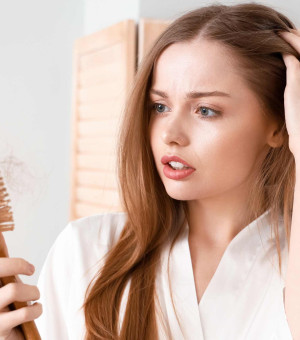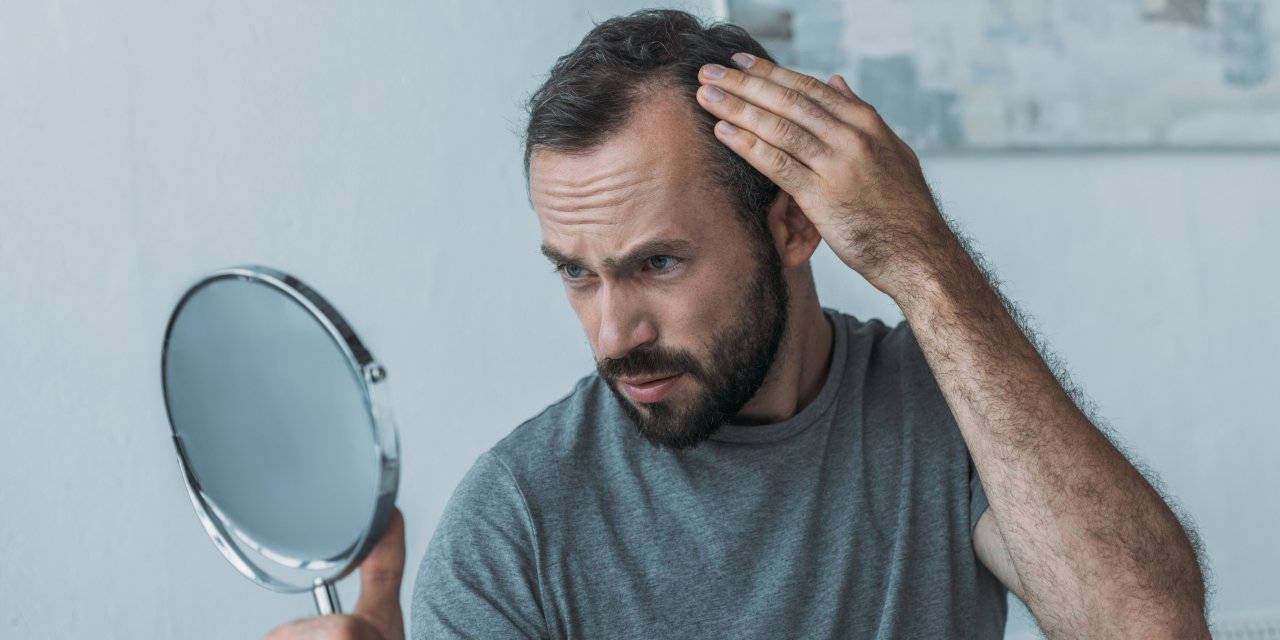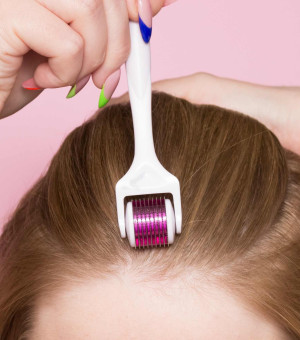Androgenic Alopecia is a hereditary form of hair loss that affects both men and women, albeit in different patterns. While it predominantly manifests in males with a receding hairline and balding crown, females often experience thinning hair along the central part of the scalp. The primary culprit behind Androgenic Alopecia is dihydrotestosterone (DHT), a hormone derived from testosterone, which gradually shrinks hair follicles, leading to thinner and shorter hair strands.
Symptoms and Progression
Recognizing the early signs of Androgenic Alopecia is crucial for prompt intervention. In men, the first indication often involves a receding hairline, followed by thinning at the crown. Conversely, women may notice widening of the part or overall thinning of the hair. Over time, these symptoms may progress, eventually leading to noticeable balding or significant hair loss in affected areas. While genetics play a predominant role in Androgenic Alopecia, various other factors can exacerbate the condition. Stress, hormonal fluctuations, poor nutrition, and certain medications can accelerate hair loss or worsen existing symptoms.
Treatment Options
Fortunately, several treatment options exist to manage Androgenic Alopecia and promote hair regrowth. Minoxidil, a topical solution, is one of the most widely used treatments, effectively stimulating hair follicles and promoting thicker, healthier hair growth. This medication can also be used orally. Finasteride, an oral medication, inhibits the production of DHT, thereby slowing down hair loss in men and women. Other treatments include low-level laser therapy, platelet-rich plasma (PRP) injections, and hair transplant surgery, each offering unique benefits depending on the individual's needs and preferences. In women, a medicine called Spirolactone may also be used.
Preventive Measures and Lifestyle Changes
While Androgenic Alopecia may be hereditary, adopting certain preventive measures and lifestyle changes can help minimize its impact. Maintaining a balanced diet rich in essential nutrients, managing stress levels, and avoiding excessive heat and chemical treatments can contribute to overall hair health. Additionally, early intervention upon noticing the initial signs of hair thinning can significantly improve treatment outcomes and slow down the progression of Androgenic Alopecia.
Androgenic Alopecia is a common yet manageable condition that affects individuals of all ages and genders. By understanding its causes, symptoms, and available treatment options, individuals can take proactive steps towards addressing hair loss and restoring confidence in their appearance. As a dermatologist, I emphasize the importance of seeking professional guidance and exploring personalized treatment plans tailored to each individual's unique needs. With the right approach and support, overcoming Androgenic Alopecia is indeed achievable, allowing individuals to embrace their natural hair and feel confident in their skin once again.



